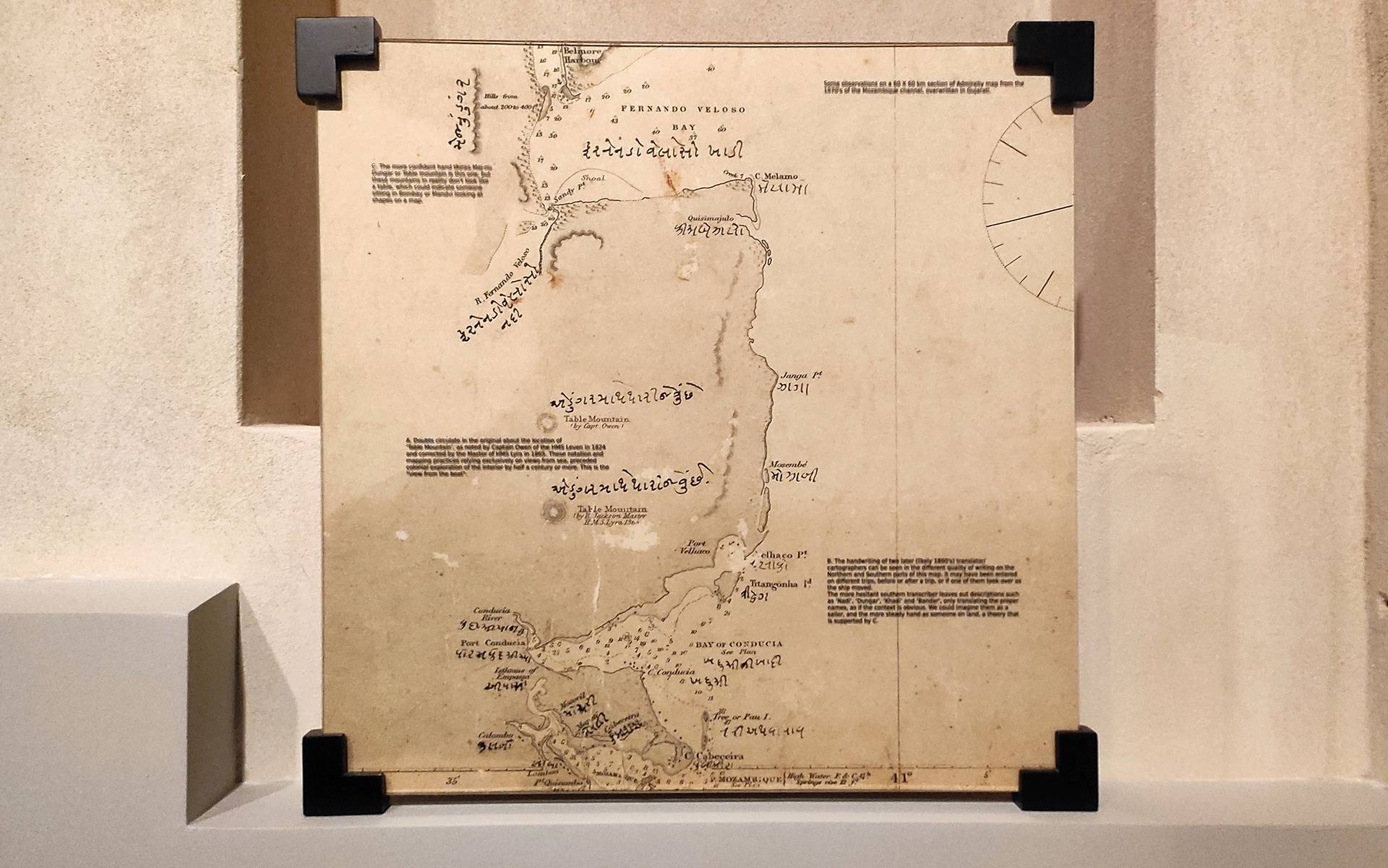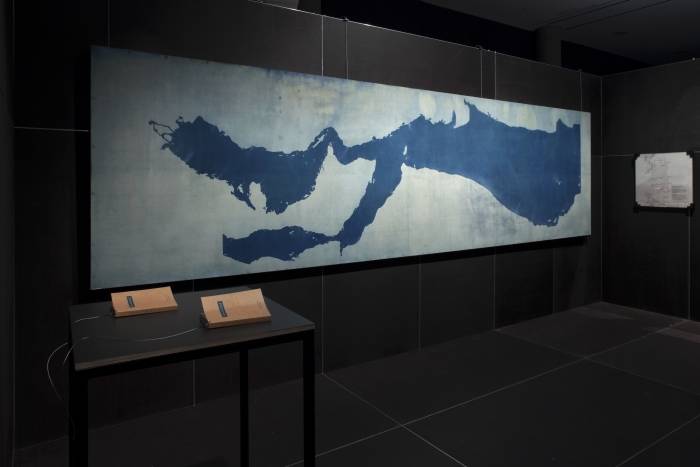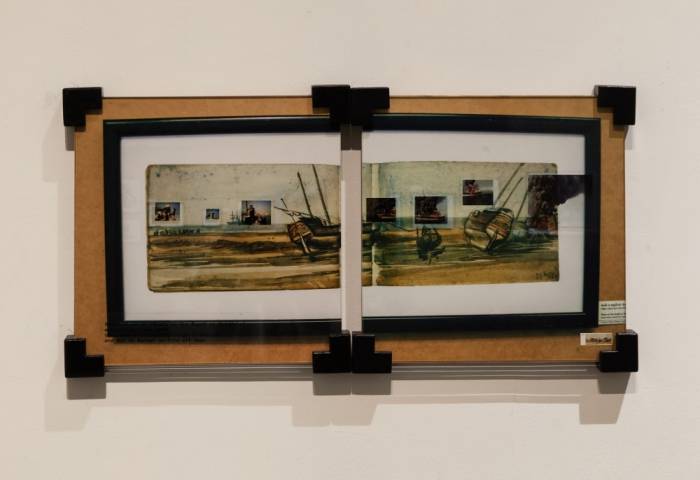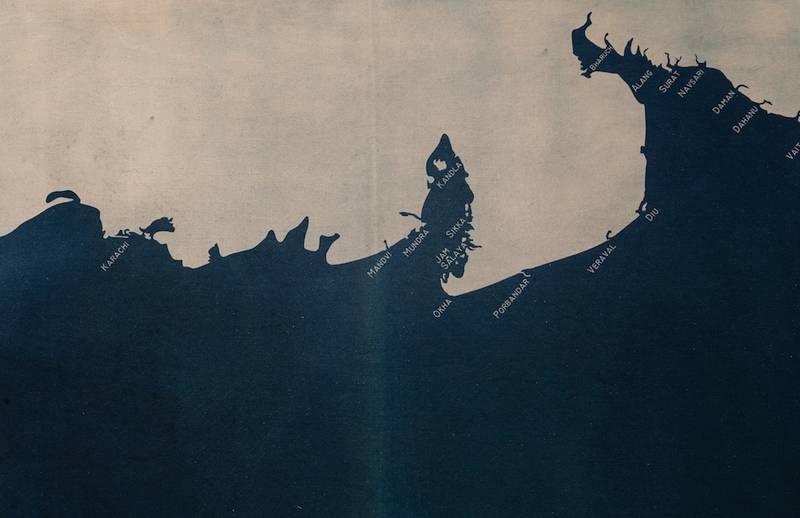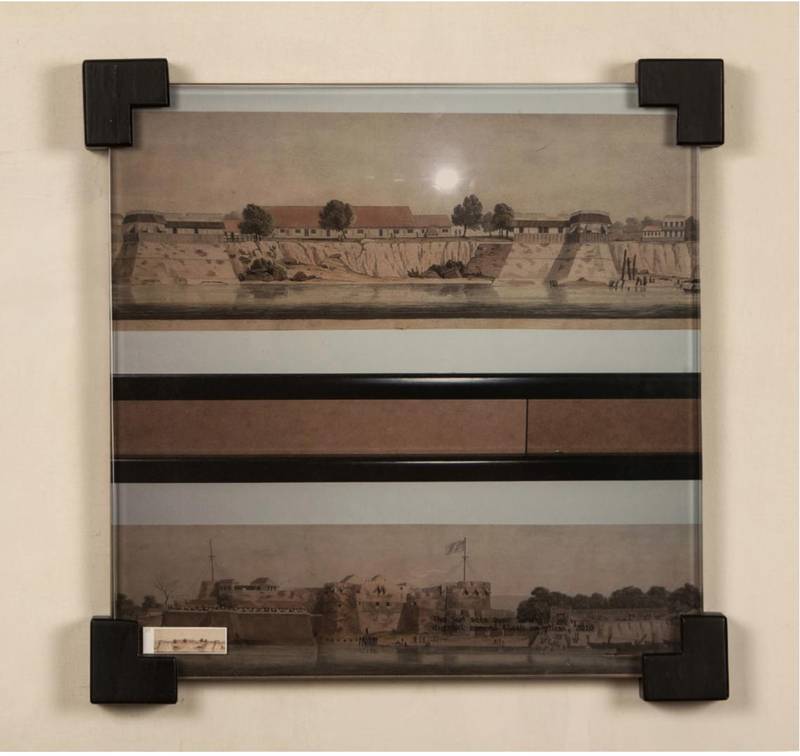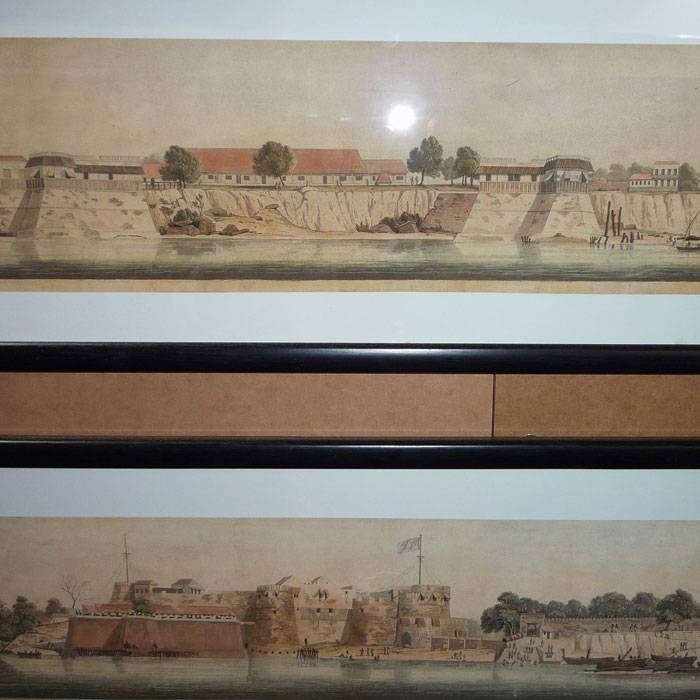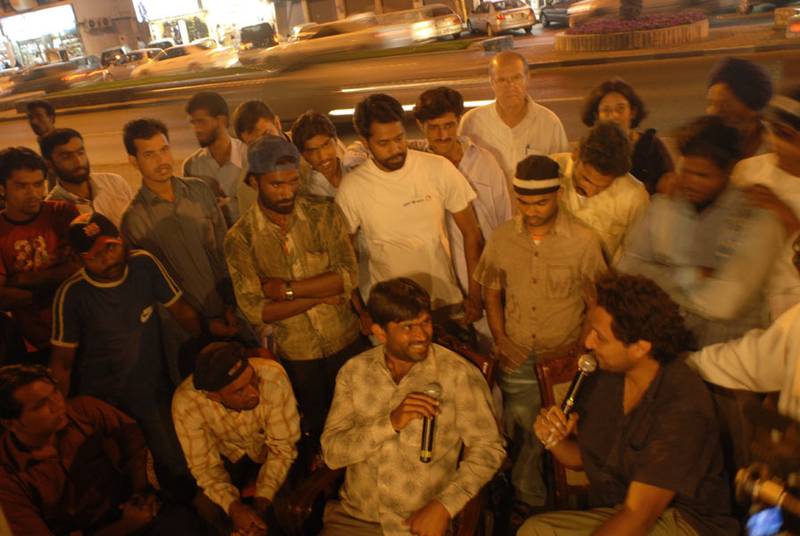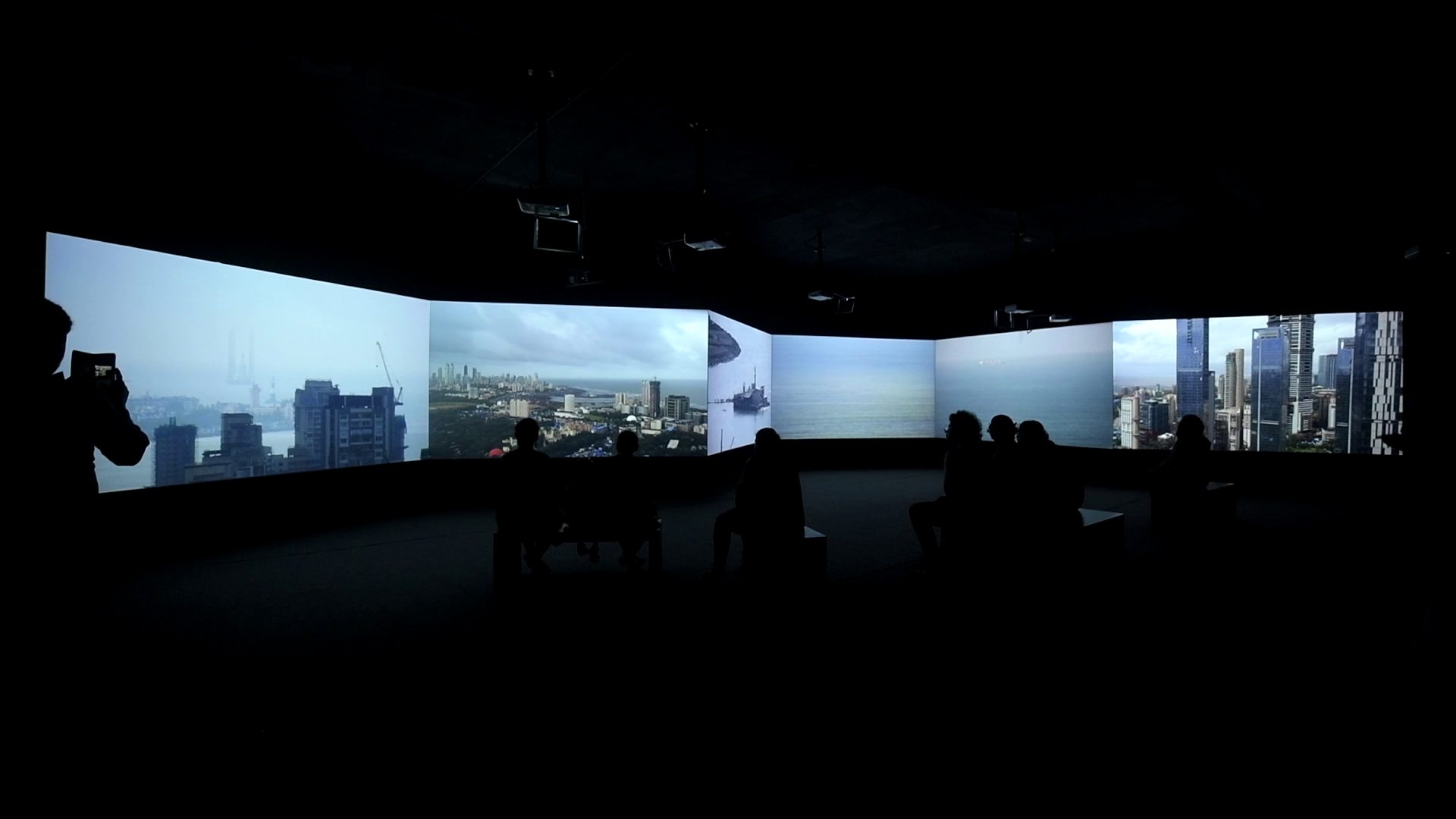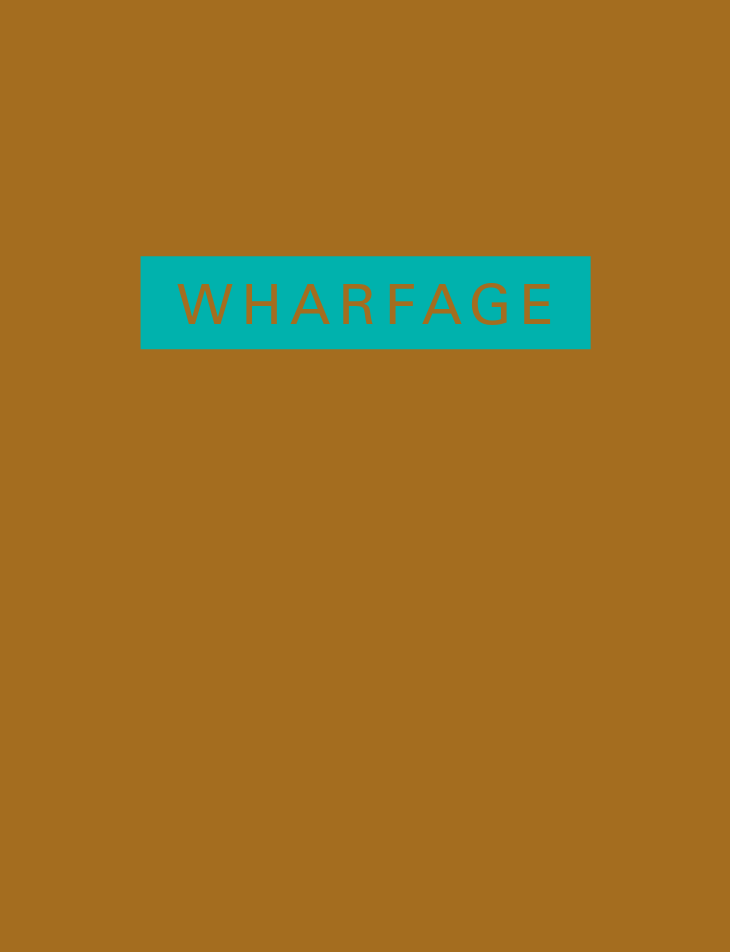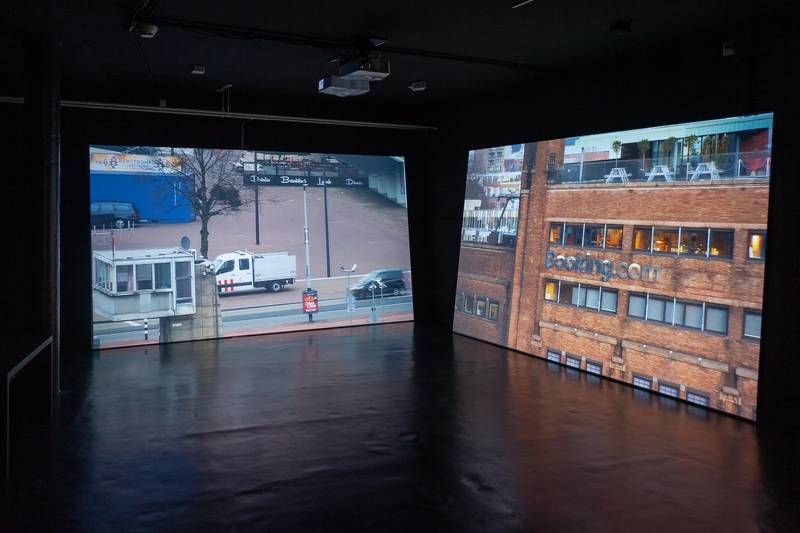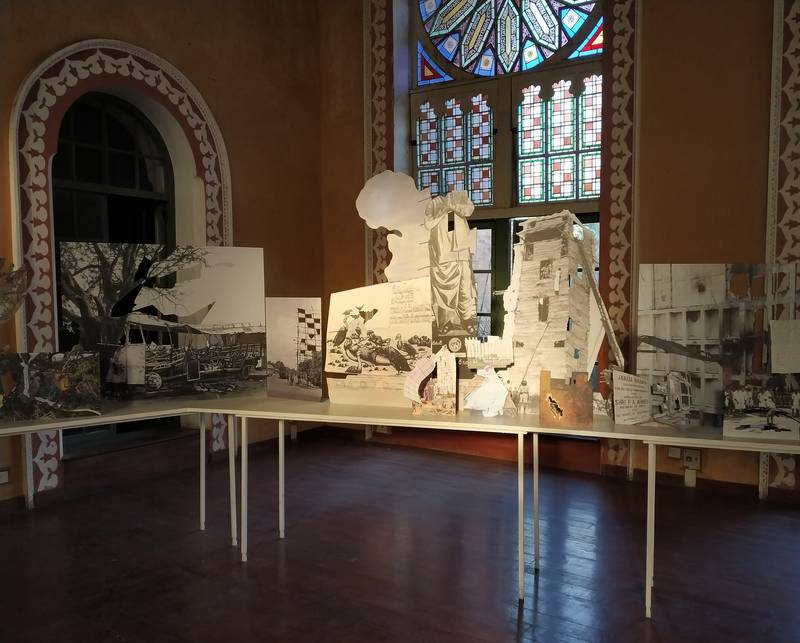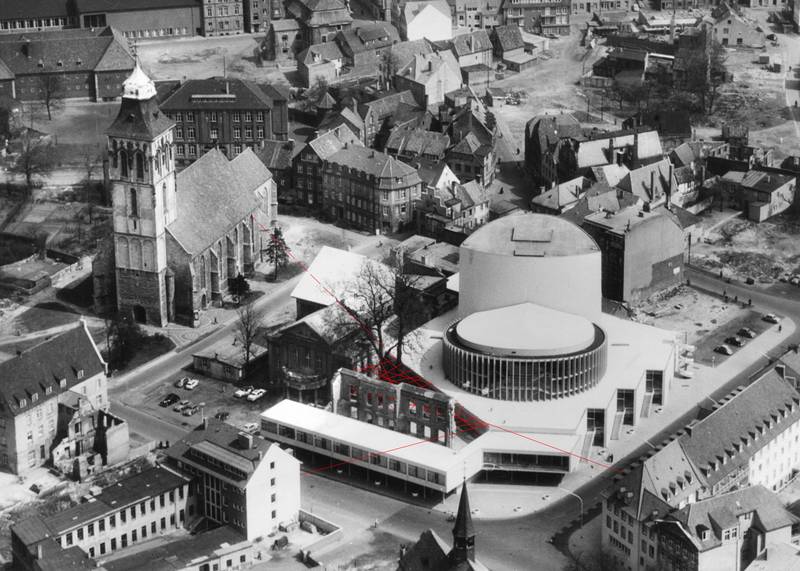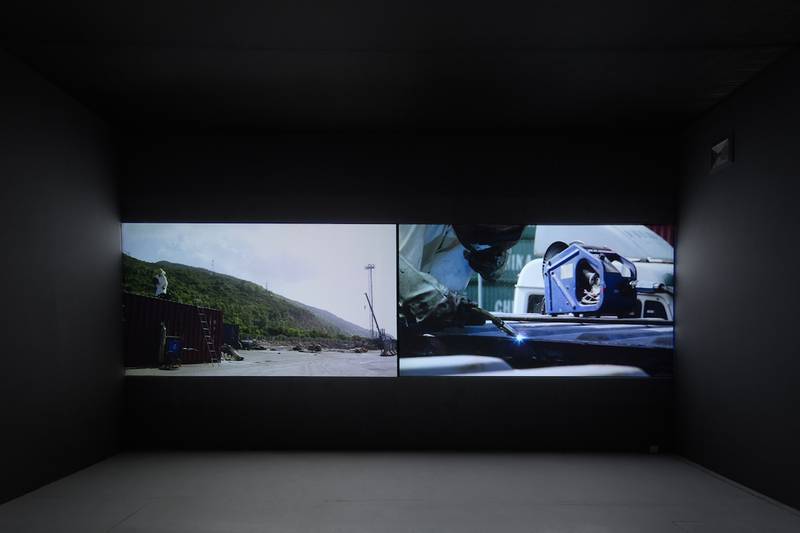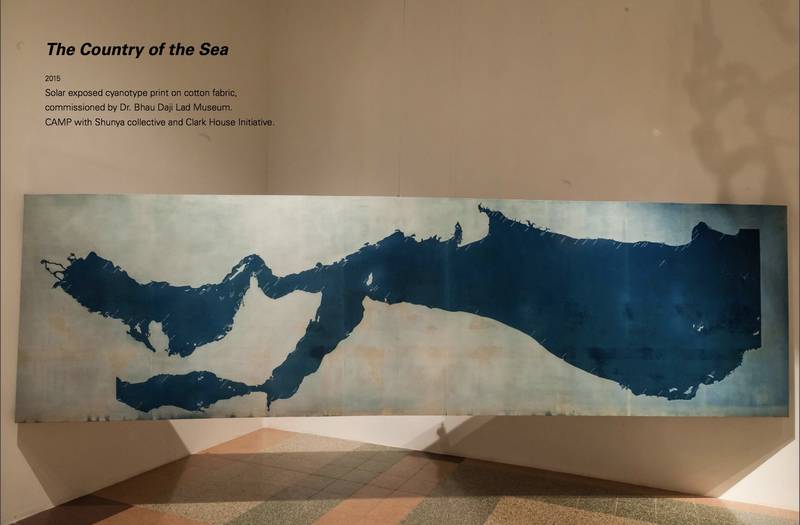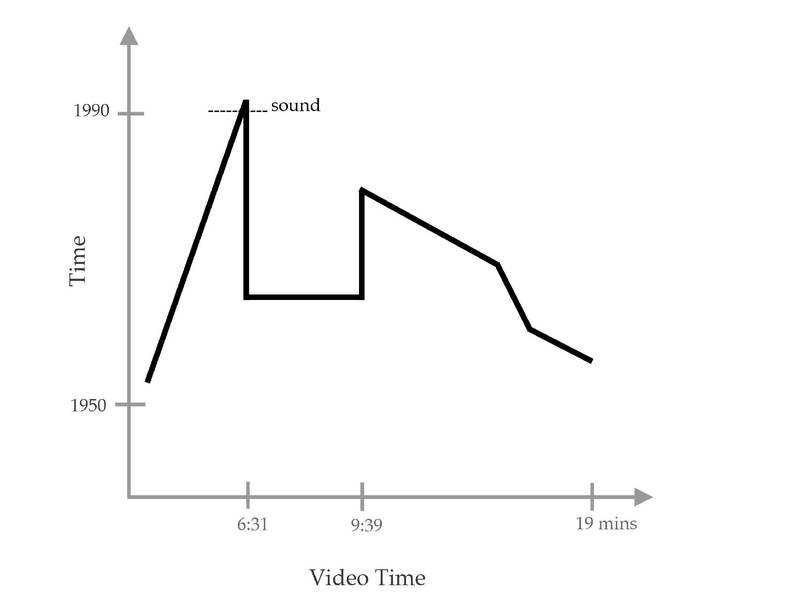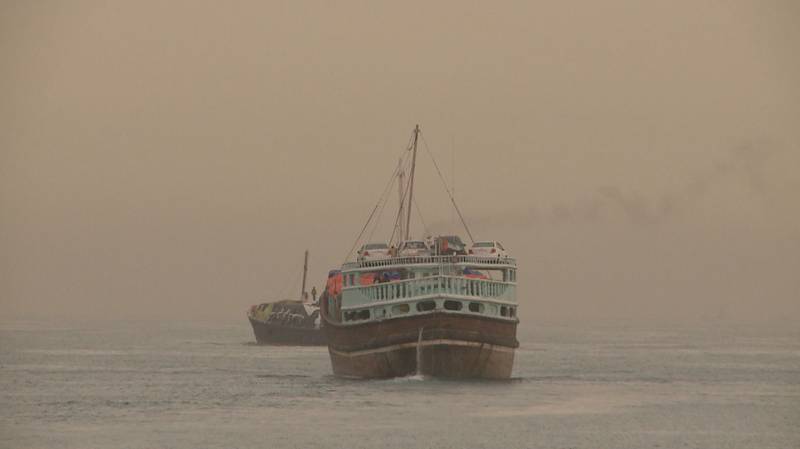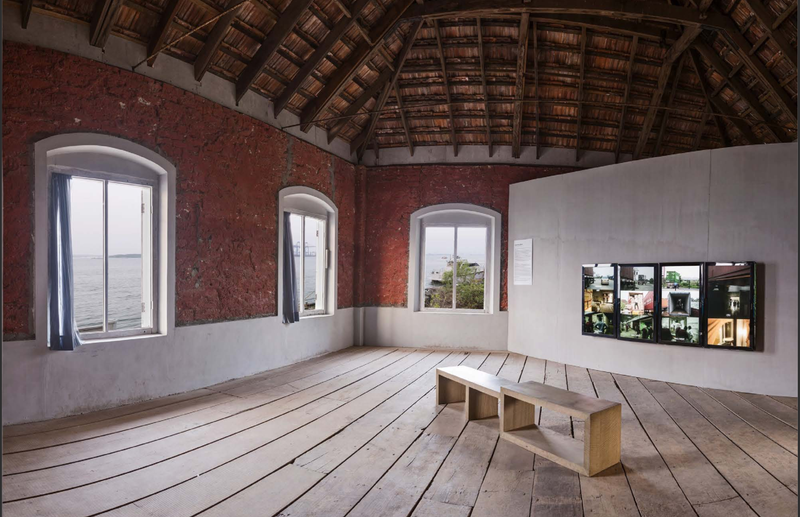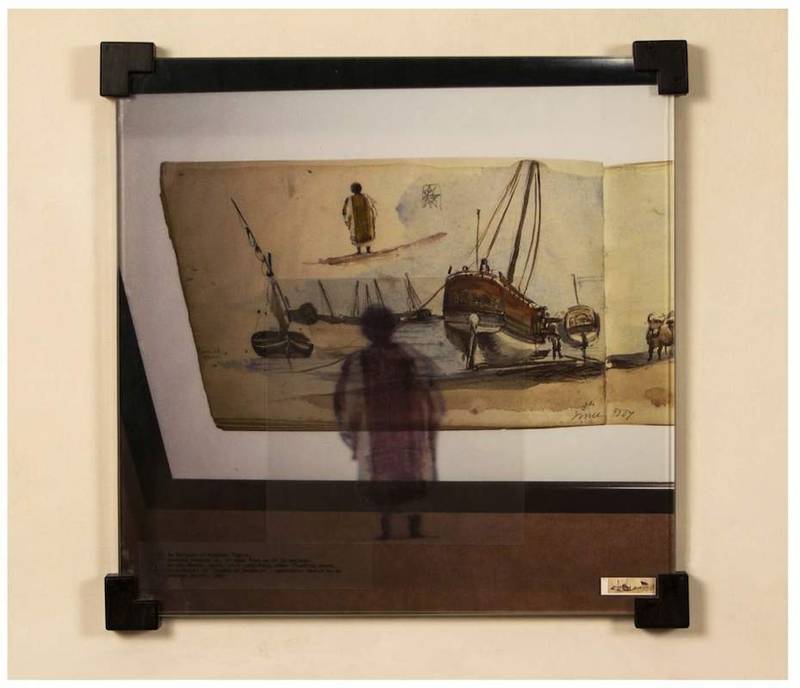
The Annotated "Gujarat and the Sea" Exhibition, 2011
An exhibition that builds upon photos of another exhibition that was made of photos of....
...things in British Museums.
In October 2010, a major conference and exhibition was organised in the port town of Mandvi in Kutch. The exhibition 'Gujarat and the Sea' was, as its curator puts it, "opportunistic". It made use of opportunities to access UK-based archives, to bring about 80 maps, photographs, and objects, mostly printed as high-quality digital reproductions, to Jainpuri in Mandvi. These materials were sourced mainly from the British Library collection, the UK National Maritime Museum, and private collections both in Gujarat and abroad. There is a specific poignancy to the material as it is exhibited: the reproductions are carefully printed on archival paper, but only have licensed permission to be shown over one three month period.
A three-day international conference on 'Gujarat and the Sea' also opened at the same time in the same Mandvi venue. Unlike the conference however, the exhibition has since travelled to other parts of Gujarat: to the National Institute of Design in Ahmedabad in November, and to the Science Centre in Surat in December. For us, this exhibition already constitutes a noteworthy contemporary response to the "historiography of the Museum and the Archive" of this history, in Gujarat.
One question it raises directly is, what does it take to be "opportunistic", in this way? Who can be opportunistic? This question has implications for exhibition practices, and the idea of what exhibitions can be. And the question for art perhaps is, how can such opportunity, access to faraway image archives in this case, be further translated or traded, and in which spirit, style, or medium?
GATS is organised by a well-known Gujarati cultural group, with a British curator, Kutch-based NGO partner, and financial support from local government and multinational interests. These assets were leveraged, not without internal frictions and differing interests, to bring some images "back" to within a stone's throw of contemporary boatbuilding and seafaring activity on Mandvi's Bandar road. Exhibitions are not typically about knowledge, and so it is not a "knowledge gap" that separates this exhibition from the ships and seafarers around the corner. It is perhaps a more primal question, of what can be seen, heard, felt, or alluded to and in which kind of marriage between form and context. In what practical manner can the violence, smuggling, buggery, foreignness, local pride, predominantly Muslim seafaring class, and many other known aspects of Gujarat's maritime history be "exhibited", and be received by audiences?
Some hints are there in the materials themselves. Many maps and images in the GATS exhibition are layered with past annotations, claims, borrowings, translations: notes in Gujarati on english pilot's maps, english scrawls on Gujarati lists, photos taken with or without "permission", and often an in-built indifference to or obscuring of sources. The exhibition freezes such running threads into one "appearance", lighting up some routes, paths by which this material may be felt or appreciated, while remaining shy of others.
CAMP is proposing here to continue this route-finding effort, by annotating, cropping, layering, and extending "Gujarat and the Sea". At a certain distance from Gujarat, with the help of historians and amateurs working in the field, and through our own work on contemporary Gujarati seafaring activity as far-flung as Somalia and Iraq, we believe that many more layers of this story can unfold. This is then the exhibition as "relay", which in the best case leads to more responses from other "parties", so that exhibitions like these mark a "shubh-aarambh", a providential beginning, and not an end, of debates around their subjects.
Design and Production by Samir Parker with thanks to Edward Simpson, Aparna Kapadia and Iyesha Geeth Abbas.
Exhibition History
2023
Savvy Contemporary Berlin.
2022
Passages through Passages, Bait al Serkal, Sharjah
2018
General Rehearsal, V-A-C, Moscow
Country of the Sea, HKW, Berlin
2015
As If – III Country of the Sea, Dr. Bhau Daji Lad, Mumbai City Museum,
2013-14
Mapping Asia, Asia Art Archive, Hong Kong
2012
Traps for Troubadours, Clark House, Mumbai
2011-12
Against All Odds, Lalit Kala Akademi; New Delhi










